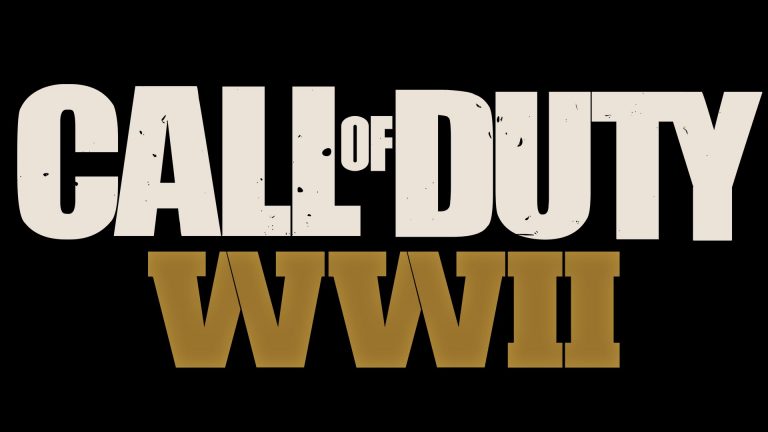The Revival of Call of Duty: WWII
The release of the long anticipated boots-on-ground Call of Duty was met with thrill and satisfaction from fans all across the world as they got their hands on the new version of the franchise. Diverting from the past several years of future warfare, WWII went all the way back to classic gameplay in the trenches. So, just how exceptional is the game? Considering multiplayer is the primary, most played aspect of each Call of Duty game, our only focus here will be on just that. Let’s take a closer examination at the positives and negatives.
One of the foundational components and, quite frankly, most essential elements of each of the new Call of Duty games are the maps. Classic games such as Modern Warfare 2 were distinguishable principally because of maps. The last several games were largely criticized on this basis, leaving many players irritated at map favorability, setup, and spawns.
Objectively speaking, WWII makes comparable parallels to the classics in the franchise. Ardennes Forest, Gibraltar, and Sainte-Marie-du-Mont are arguably the best maps in the game, characterized by a flowing setup and several strategic flank routes.
In contrast, maps such as Flak Tower, USS Texas, and Pointe du Hoc are evidently lacking in terms of spawn setup and overall pathway distinctions. Take, for example, USS Texas. Preceding maps on ships were generally praised in past models, with Hijacked in BO2 and Wet Work in MW1 coming to mind. Therefore, the theoretical assumption would presumably be that USS Texas, a map that has clearly taken pointers from its predecessors, would be idolized. However, the overall setup and object placement fail miserably in this sense.
Another paramount section of the game is player customization. The use of divisions, which commit special benefits to class configurations, allows for balanced trade-offs and logical structure. Moreover, the introduction of Headquarters, an area specialized in gathering parties and lobbies, translates into opportunities to assemble resources and individualize your player.
Unfortunately, the continuation of supply drops is indicative of a future system of micro transactions, which likely signifies player advancement without skill-based gameplay. Although micro transactions are increasingly prevalent in leading AAA games, it must be deemed as a negative, since it debases much of the game’s sincerity.
Class layout adds another impressive, fresh system to the realm of Call of Duty. Deconstructing its counter-part setup which allows for any combination of items with a maximum of ten units, the new, integrated class customization differs substantially. Only one perk is allowed, and a primary and secondary gun is required along with a lethal projectile. Whether this is a flaw in comparison to the old arrangement is inherently a subjective take, but regardless, it certainly isn’t a negative in and of itself.
Score-streaks, the rewards for acquiring kills and objectively earned points without dying, have been updated to the WWII time period. As a general matter, they have notably declined in terms of power and capability. The supposed most dominant streak, the ball turret gunner, lasts only about twenty seconds before shutting down, obtaining several kills. Paratroopers, another high end streak, tend to yield slightly more power despite its lower expenditure cost, demonstrating what could mean arduous imbalances between the streaks. With these flaws in mind, however, a global decrease in potential means an equitable playing field for all players; your skill level determines whether this is a positive or negative.
Score-streaks can be more or less deadly, depending on what game mode they’re being played on. WWII adds excitement with the introduction of thrilling perspectives on older game modes and contemporary ones alike. Gridiron, a modern take on what was Uplink, grants team-based communication and focuses by establishing spawns and map-controls that favor ball position. Ensuring that players target objectives rather than their individual aspirations not only aids in the team-effort aspect of gaming, but universally gathers opposing teams to a more linear, action-packed battle. Other game modes such as the Sledgehammer-promoted release of War conceive a sense of realism, furthering this very portrayal of team-based gameplay.
Although a significant portion of WWII is intensely well developed, all games contain their flaws. Undoubtedly, the most eminent issue currently is the system of health and damage from guns. With over fifteen hours secured since the release of the game, I can safely attest to the absurd level of time it takes to kill an opponent. And it doesn’t end there: gun ‘upgrades’ such as advanced rifling and FMJ are covertly added to falsify a feeling of strength; in all likelihood, they have no additional power: it’s just the placebo effect. Even some attachments such as rapid fire, which noticeably increase firing speed, adjust for this growth by weakening damage dealt; thus nothing really changes.
Including all of these criteria, WWII earns a modest 7.5/10 solely based on multiplayer. A solid game for sure, however it unfortunately doesn’t quite meet the marks of the legendary MW2 or BO2. Nevertheless, it jumps above appalling games in the franchise such as Ghosts or Advanced Warfare, reaffirming Call of Duty as a dominant force in the first person shooter market.


